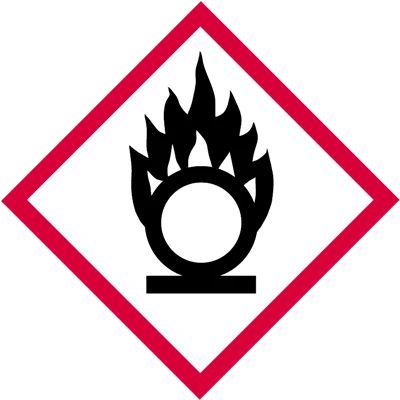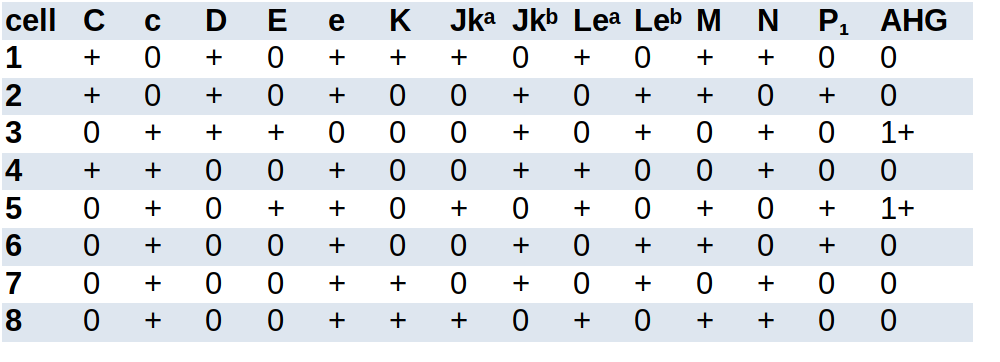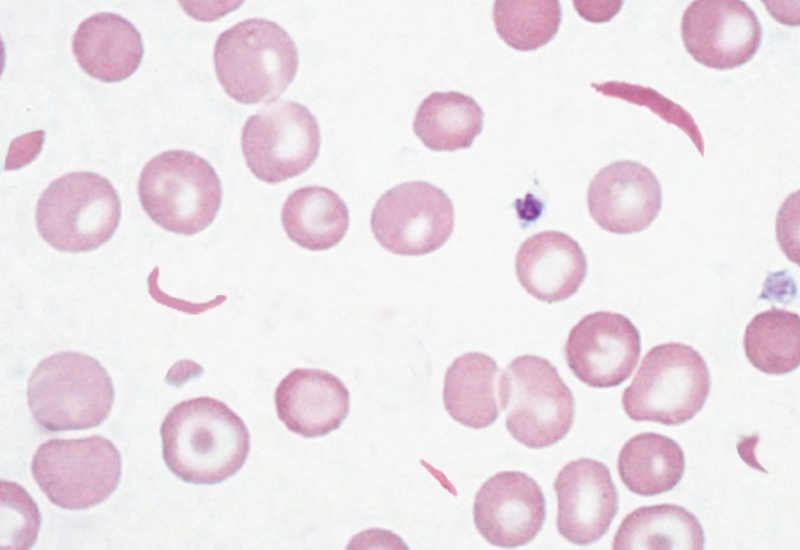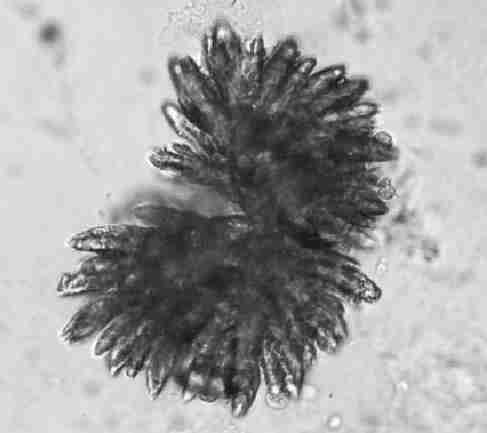 Examelot
Examelot
Report a problem
The CSMLS MLT Certification Exam is an examination for laboratory technicians in Canada. The exam is set by the CSMLS (Canadian Society for Medical Laboratory Science).
These practice questions will help prepare you for the CSMLS MLT exam.
This page contains 300 practice questions divided into the eight sections of the exam: 1. Safe Work Practices, 2. Data and Specimen Collection and Handling, 3. Analytical Processes, 4. Interpretation and Reporting of Results, 5. Quality Management, 6. Critical Thinking, 7. Communication and Interaction, and 8. Professional Practice.
All questions have been carefully designed to mimic the questions on the real exam, to help you prepare and get a passing grade.
Check out all the practice tests in this series: Practice Test 1, and Practice Test 2.


| anti-A | anti-B | anti-D | Rh type |
|---|---|---|---|
| + | O | + | DCe/dce |
| anti-D | anti-C | anti-E | anti-c | anti-e |
|---|---|---|---|---|
| 0 | 0 | + | + | + |
| anti-D | anti-C | anti-E | anti-c | anti-e |
|---|---|---|---|---|
| 0 | + | 0 | + | + |
| Score | Neutrophils |
|---|---|
| 0 | 95 |
| +1 | 3 |
| +2 | 2 |
| +3 | 0 |
| +4 | 0 |
| Test | Result | Normal range |
|---|---|---|
| Serum iron concentration | 28 mcg/dL | 60–170 mcg/dL |
| Total iron-binding capacity | 789 mcg/dL | 240–450 mcg/dL |
| Test | Result |
|---|---|
| Sodium | 140 mmol/L |
| Glucose | 20 mmol/L |
| BUN | 2 mmol/L |
| Antibiotic concentration (μg/mL) | 64 | 32 | 16 | 8 | 4 | 2 | 0 |
| Result | clear | clear | clear | turbid | turbid | turbid | turbid |
| Agar | Result |
|---|---|
| Blood agar | Beta-hemolytic colonies |
| MacConkey agar | Pink colonies |
| Eosin methylene blue agar | Metallic green colonies |
| Agar | Result |
|---|---|
| Blood agar | Beta-hemolytic colonies |
| MacConkey agar | No growth |
| Mannitol salt agar | Yellow colonies |
| Test | Result |
|---|---|
| Uncorrected WBC count | 30,000/uL |
| Nucleated RBC/100 WBC | 100 |
| Test | Result |
|---|---|
| PLT | 35 × 10⁹/L |
| HGB | 72 g/L |
| INR | 1.5 |
| D-Dimer | 22 mg/L |

| Test | Result |
|---|---|
| Bleeding time | Prolonged |
| Platelet adhesiveness | Abnormal |
| PT | Normal |
| APTT | Normal |
| CBC | Normal |
| Test | Result |
|---|---|
| RBC | 4x10⁶/µL |
| Hct | 40% |
| Hgb | 14 g/dL |
| Test | Result |
|---|---|
| MCV | 90 fL |
| MCHC | 35.1 g/dL |

| Test | Result |
|---|---|
| Iron | 1,475 mcg/dL |
| Transferrin saturation | 65% |
| Ferritin | 875 ug/L |
| Test | Result |
|---|---|
| pH | 7.26 |
| PaCO₂ | 55 mmHg |
| Test | Result |
|---|---|
| pH | 6.91 |
| PaCO₂ | 40 mmHg |
| Bicarbonate | 16 mmol/L |
| Test | Result |
|---|---|
| Glucose | 5.2 mmol/L |
| Creatinine | 122 μmol/L |
| Urea | 5.4 mmol/L |
| Sodium | 141 mmol/L |
| Potassium | 3.9 mmol/L |
| AST | 276 U/L |
| ALT | 134 U/L |
| GGT | 51 U/L |
| PAL | 91 U/L |
| Test | Result |
|---|---|
| Sodium | 140 mmol/L |
| Glucose | 20 mmol/L |
| BUN | 5.6 mmol/L |
| Measured osmolality | 301 mmol/L |
| Mean | 5.8 |
| Median | 6.0 |
| Mode | 5.7 |
| Range | 1.5–20.2 |
| Standard deviation | 0.25 |
| Day | 1 | 2 | 3 | 4 | 5 | 6 | 7 | 8 | 9 | 10 |
|---|---|---|---|---|---|---|---|---|---|---|
| Value | 39 | 42 | 33 | 51 | 50 | 47 | 43 | 41 | 50 | 45 |
| Assay | Mean (U/L) | Standard deviation |
|---|---|---|
| ALP | 60 | 3 |
| ALT | 20 | 2 |
| AST | 25 | 3 |
| GGT | 20 | 5 |
| Organism | Result |
|---|---|
| Streptococcus pyogenes | Positive |
| Streptococcus agalactiae | Negative |
| Enterococcus faecalis | Positive |

| True positives | 40 |
| True negatives | 60 |
| False positives | 10 |
| False negatives | 5 |
